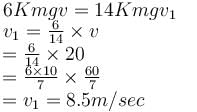Work, Power And Energy MSQ - Physics MCQ
10 Questions MCQ Test Topic wise Tests for IIT JAM Physics - Work, Power And Energy MSQ
One end of an unstretched vertical spring is attached to the ceiling and an object attached to the other end is slowly lowered to its equilibrium position. If S be gain in spring energy and G be loss in gravitational potential energy in the process, then which of the following is false.
A block of mass 2kg is hanging over a smooth and light pulley through a light string. The other end of the string is pulled by a constant force F = 40N. The kinetic energy of the particle increase 40J in a given interval of time. Then : (g = 10m/s2)
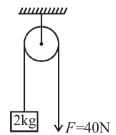

For a particle moving on a straight line the variation of acceleration with time is given by the graph as shown initially the particle was at rest. Then the corresponding kinetic energy of the particle versus time graph will be :
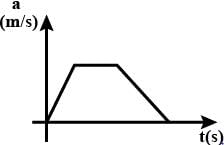

The potential energy for a force field  is given by U(x, y) = cos(x + y). The force is acting on a particle at position given by coordinates
is given by U(x, y) = cos(x + y). The force is acting on a particle at position given by coordinates  then which of the following statement is true.
then which of the following statement is true.
There are two massless springs A and B of spring constant KA and KB respectively and KA > KB. If WA and WB be denoted as work done on A and work done on B respectively, then :
The potential energy (in Joules) of a particle of mass 1kg moving in a plane is given by V = 3x + 4y, the position coordinates of the point being x and y, measured in metres. If the particle is at rest at (6,4); then
In the figure shown the potential energy U of a particle is plotted against its position x from origin. Then which of the following statement is incorrect.
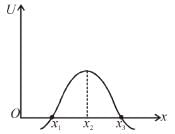
Work done by a force on an rigid object having no rotational motion will be zero, if :
An engine can pull 4 coaches at a maximum speed of 20m/s. Mass of the engine is twice the mass of every coach. Assuming resistive force to be proportional to the weight. (Power of engine remains constant) :


 (loss in gravitationl potential energy)
(loss in gravitationl potential energy)
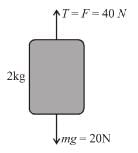



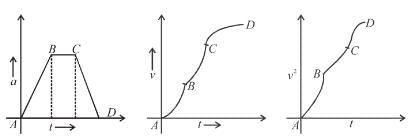
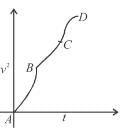
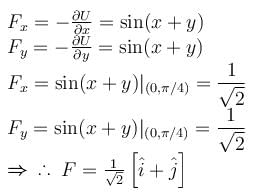

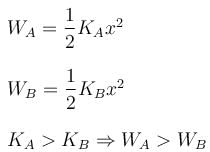
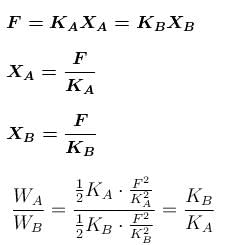

 the integration do not require any information of the path taken.
the integration do not require any information of the path taken.
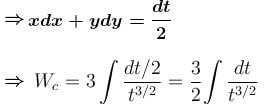
 are conservative forces.
are conservative forces.

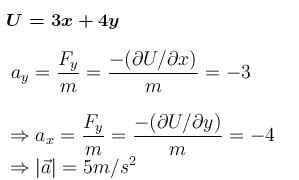
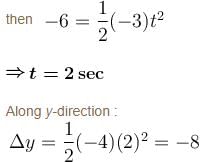

 ...(2)
...(2)